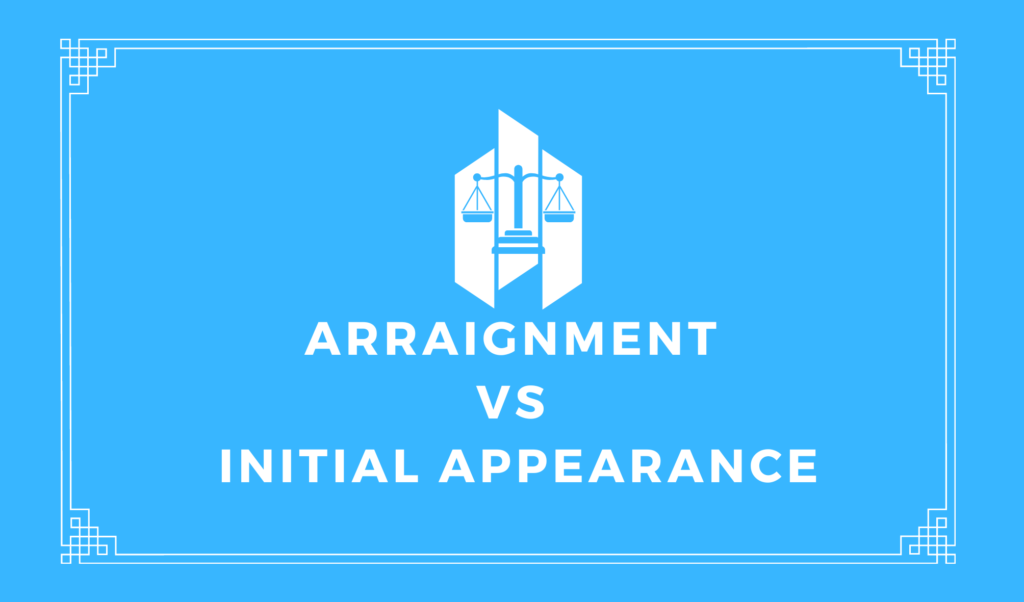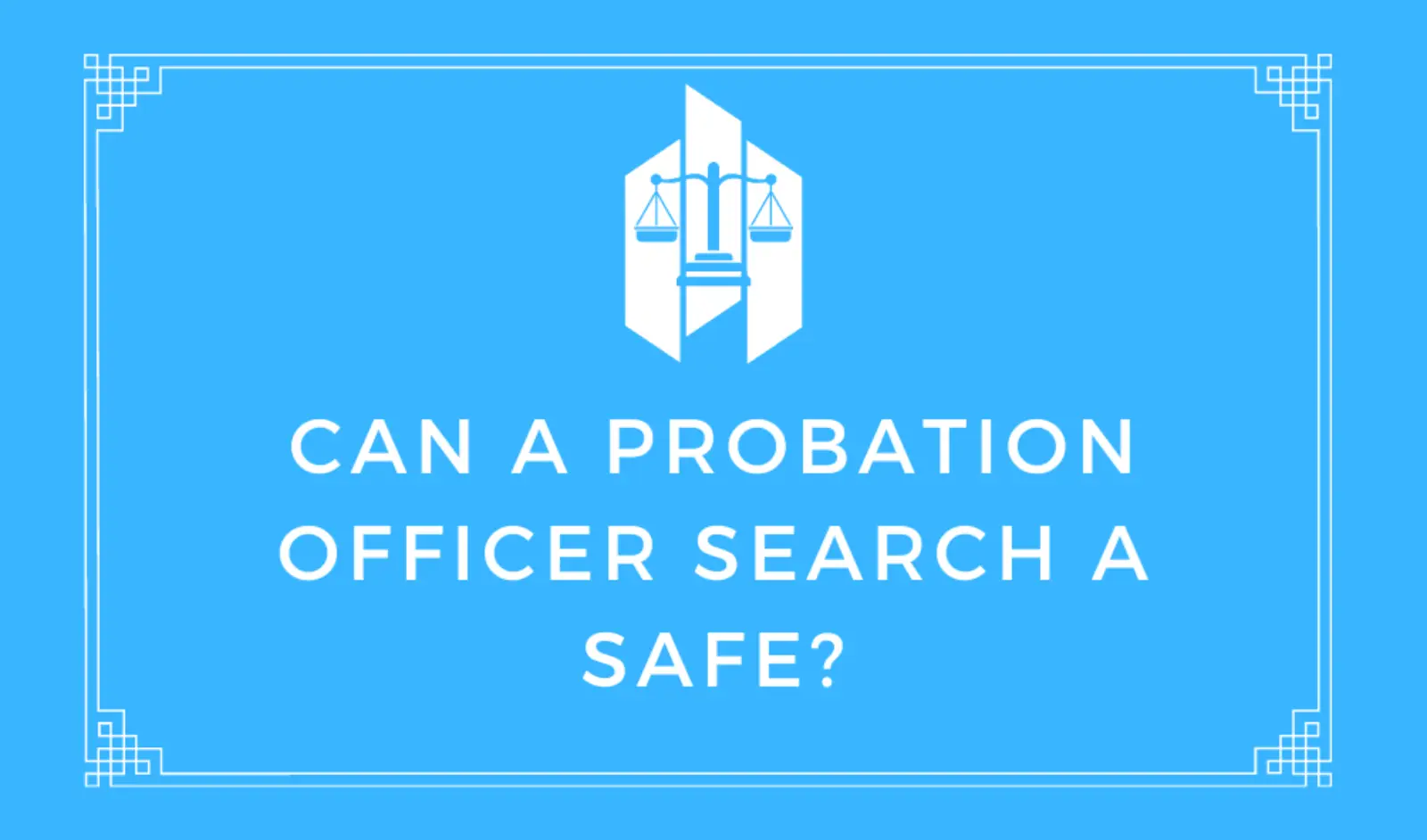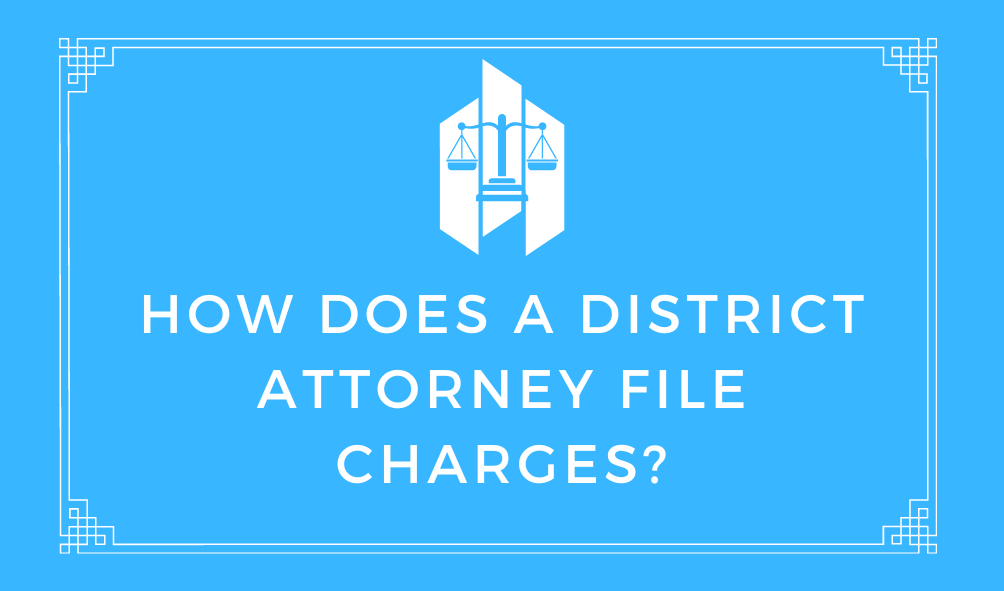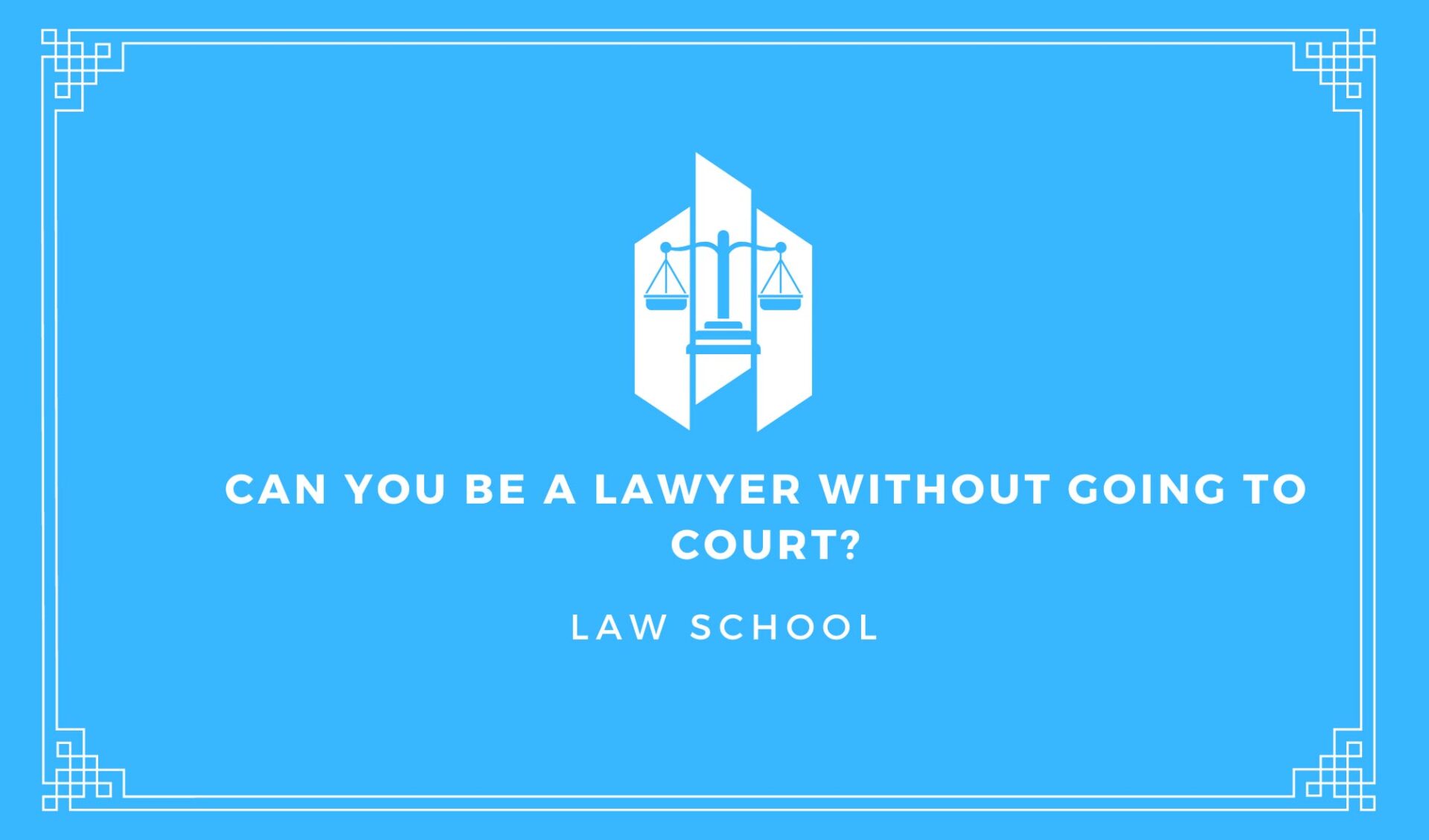Arraignment vs initial appearance is a legal term that means the level of importance of the process. The two terms are often contrasted in the law of criminal procedure. The difference between Arraignment and an initial appearance is the nature of sentencing.
Arraignments are held in county or municipal court, while initial appearances are held in superior court. One might also refer to an initial appearance as “an arraignment in disguise.” An arraignment is only for the case’s preliminary hearing, and the defendant is not sworn in for the case. An initial appearance is when the defendant is brought before the judge and is sworn in for his case.
When you’re arrested, it’s very likely that you’ll have to appear before a judge for your Arraignment, a hearing before the court where the charges are read to you, and a chance for you to enter a plea. Arraignment and initial appearances are distinct concepts. Confusing the two can have very negative consequences. This blog will look at the differences and how you can use them to your advantage.

What Is An Arraignment?
The court procedure known as Arraignment is what formally initiates the trial process.
The charges against the defendant will be made known to him in court during the Arraignment. He will be required to enter a plea of guilty, not guilty, or no contest in response to the allegations.
The Arraignment is largely similar to an initial appearance, with the exception that state, county, and municipal courts more frequently refer to it as an “arraignment hearing.”
An “arraignment” can be both a hearing and a process by which the court informs the defendant of the allegations brought against him. A defendant is frequently informed that he must attend his “arraignment” or his “arraignment hearing” on a particular day.
Many of the actions that take place in an Initial Appearance as described above take place at the “arraignment” or “arraignment hearing,” including informing the defendant of his rights—arraigning for indigent defence, reading the charging document to him, determining bail and release conditions (or not), and scheduling the next hearing. But an “arraignment” can happen at any point in a defendant’s case.
What is an Initial Appearance?
An Initial Appearance (or Arraignment) is the court proceeding that officially begins a criminal case against the defendant. The court clerk will read the charging document and inform the defendant of the charge(s) and what penalties they carry.
The judge will determine whether the defendant has an attorney, whether to have bail set, and whether to release the defendant on his own recognizance.
The defendant’s first court appearance is known as the initial appearance. Typically, the first appearance is between 24 and 72 hours after the arrest. The judge will assess whether there is sufficient justification to hold the defendant on the relevant charges. The judge will go over the defendant’s rights during the initial appearance.
You may also like: How Long After Arraignment Is Sentencing?
It restates the Miranda warning and affirms additional constitutional protections granted to the defendant, such as:
- A privilege of silence
- The right to know all allegations brought against her;
- The right to a preliminary hearing;
- A right to be represented by counsel (and appointment of counsel if impoverished);
- The ability to request pre-trial release (should the judge permit it);
- The defendant’s Fifth Amendment privilege against self-incrimination is protected thanks in part to this procedure.
The Difference Between Arraignment vs Initial Appearance
Before the defendant receives a verdict in a criminal trial, various steps and processes are followed. The plaintiff files a formal criminal complaint, which is followed by the initial appearance and Arraignment.
A judge mandates that the offender appears in person to hear the formal charges in both processes. What actions and information the court system expects the defendant to state at an arraignment differs significantly from what is required during a first appearance.
Legal Defense
In some circumstances, a defendant’s lawyer might not show up for the initial hearing. It is because of the possibility that the defendant is still choosing competent legal counsel. The court usually asks the defendant whether he needs public representation, has retained a private attorney, or will handle his own defence during the initial appearance. Usually present at an arraignment to assist the offender in entering his formal plea is his counsel.
Trial
The dates can be set months in advance of trial, but defendants who are arrested on a warrant or a bench warrant generally cannot delay their trials. Defendants who are detained by police can request that their cases be heard within 48 hours of their arrests. The court will assign him one if a defendant does not have counsel.
The court will ask the defendant whether he wants the public defender assigned to represent him. If the defendant wishes to represent himself, he must request permission to do so. Usually, a judge or justice of the peace is available at arraignments to assist the defendant in understanding the charges against him and in entering a formal plea of guilty or not guilty.
Depending on the type of charge, the court system must schedule a trial or a pretrial if the defendant makes a “not guilty” plea during the Arraignment. The judge must impose a sentence when a defendant enters a “guilty” plea during an arraignment. The judge cannot issue a formal ruling during the initial hearing process. Typically, he will inform the accused of his legal rights and decide whether a public defender has to be appointed in the case.
Charges
The defendant does not address the charges at the initial appearance, even if the judge reads them during the Arraignment and initial appearance. The defendant is required to enter a plea of “guilty,” “not guilty,” or “no contest” at an arraignment. The Arraignment is regarded by the legal system as an official notification of the charges, whereas the first appearance is merely advisement. When reading the charges to defendants at a first appearance, judges are required to inform them of their legal rights.
Verification
The judge is responsible for confirming the defendant’s identity during an initial appearance.
The defendant must attest at his appearance that he is the person named in the formal complaint. The judge is not required to verify the defendant’s identity during the Arraignment. In some circumstances, the court sets the Arraignment for just after the initial appearance.
At an initial appearance, the defendant might need to confirm that he comprehends the accusations or complaints made against him. The majority of judges will inquire if the defendant has a copy of the initial complaint.
In summation, depending on the court, both the Initial Appearance and the Arraignment can refer to the defendant’s initial court appearance in a criminal matter. Only the term “arraignment” denotes the formal notification of the defendant of the allegations brought against him. The arraignment process can take place at any point in the case as the charging document changes.
Final Remarks
It’s no secret that the court processes around criminal charges can be confusing. We hope you enjoyed our blog about Arraignment vs Initial Appearance. We know that both of these terms are used interchangeably in the legal world, but they are not the same.
Here, we have decided to outline the differences between these two different proceedings because we know that many people have misconceptions about them, which is what allows for confusion. Keep this information in mind as you decide which type of proceeding to have, and you should be successful. Thank you for reading. We would love to hear from you!


